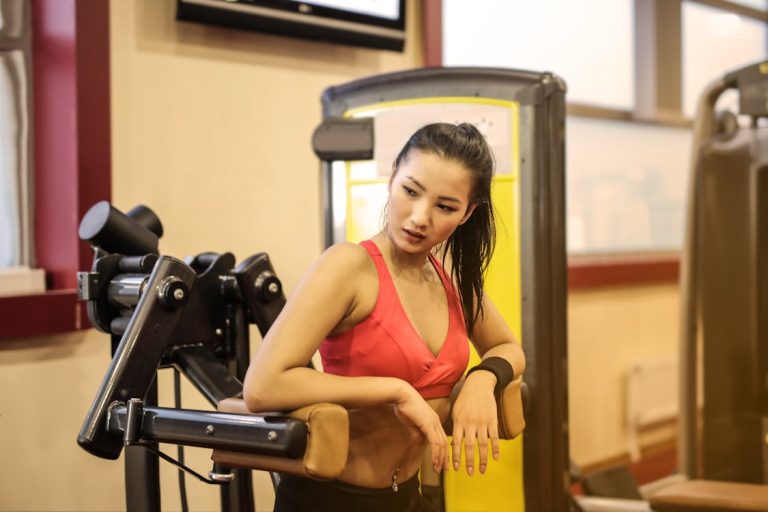First Aid Essentials: What to Keep in Your Medicine Cabinet

Imagine you’re at home on a quiet Sunday afternoon. Suddenly, your child runs in from the backyard, crying and holding their scraped knee. You rush to the bathroom, pull out your first aid kit, and quickly clean and bandage the wound. Having a well-stocked first aid kit can make all the difference in moments like these.
In this article, we’ll guide you through the essential items every household should have in their medicine cabinet to handle minor injuries and illnesses effectively.
1. Topical Treatments and Creams
Topical treatments and creams are vital for managing various skin issues, from minor burns to rashes and insect bites. This category includes items that soothe, protect, and promote healing.
Hydrocortisone Cream: Great for reducing inflammation and itching caused by rashes or insect bites.
Calamine Lotion: Provides relief from itching and helps dry out oozing and weeping from minor skin irritations.
Aloe Vera Gel: Known for its soothing properties, aloe vera gel is excellent for minor burns and sunburns.
Antibiotic Ointment: Essential for preventing infection in minor cuts, scrapes, and burns.
Including over the counter medicine for poison ivy in your cabinet is also a smart move. Poison ivy can cause severe itching and discomfort, and having the right creams and lotions on hand can provide much-needed relief. This is a must-have item for anyone who spends time outdoors.
2. Basic First Aid Supplies
The foundation of any good first aid kit starts with basic supplies. These are the items you’ll reach for most often when dealing with minor cuts, scrapes, and burns.
Adhesive Bandages: These are a staple for any minor cut or scrape. They keep the wound clean and protected while it heals.
Gauze Pads and Adhesive Tape: For larger cuts or wounds, gauze pads are essential. They help absorb blood and fluids while keeping the wound clean. Adhesive tape secures the gauze in place.
Antiseptic Wipes: Cleaning a wound is the first step to prevent infection. Antiseptic wipes are convenient and effective for this purpose.
Scissors: A small pair of scissors is useful for cutting tape, gauze, or even clothing in an emergency.
Tweezers: Handy for removing splinters or any foreign objects from a wound.
Having these basic items easily accessible ensures that you’re prepared to handle common injuries quickly and effectively.
3. Pain Relief Medications
Pain relief medications are crucial for managing minor aches and pains that can disrupt daily life. These medications can help with headaches, muscle pain, and minor injuries.
Ibuprofen: Effective for reducing inflammation and pain. It’s commonly used for headaches, muscle aches, and menstrual cramps.
Acetaminophen: Great for pain relief and reducing fever. It’s a good alternative for those who cannot take ibuprofen.
Aspirin: Besides pain relief, aspirin can be used in low doses to prevent heart attacks. However, it’s important to use it under medical advice.
Having these pain relievers in your medicine cabinet ensures that you can quickly address discomfort and get back to your daily activities.
4. Allergy Medications
Allergies can strike unexpectedly, and having the right medications on hand can provide quick relief. This is especially important for those who suffer from seasonal allergies or have known allergies to insect bites or certain foods.
Antihistamines: Medications like Benadryl or Claritin can help alleviate symptoms of allergic reactions, such as itching, swelling, and hives.
Decongestants: Useful for relieving nasal congestion caused by allergies or colds.
Hydrocortisone Cream: Again, this can be very effective for reducing itching and swelling from allergic reactions on the skin.
Including allergy medications in your first aid kit means you’re prepared to handle both mild and severe allergic reactions.
5. Items for Cuts and Scrapes
Cuts and scrapes are common, especially in households with active children. Proper cleaning and treatment are essential to prevent infection and promote healing.
Antiseptic Solutions: Products like hydrogen peroxide or iodine are useful for cleaning wounds.
Antibiotic Ointments: Neosporin or similar products help prevent infection and speed up healing.
Burn Creams: These are useful for minor burns to relieve pain and protect the skin.
By keeping these items in your medicine cabinet, you ensure that you can quickly and effectively treat minor injuries, reducing the risk of complications.
6. Tools and Miscellaneous Items
Certain tools and miscellaneous items are indispensable in a first aid kit. These items help you manage a variety of situations effectively.
Tweezers: Ideal for removing splinters or other small foreign objects from the skin.
Digital Thermometer: Essential for accurately checking body temperature.
Disposable Gloves: Useful for protecting yourself and others when dealing with blood or other bodily fluids.
First Aid Manual: A good guidebook can be invaluable in an emergency, providing instructions on how to handle various medical situations.
Having these tools on hand ensures you can handle a wide range of first aid scenarios with confidence.
7. Prescriptions and Personal Medications
In addition to over-the-counter items, it’s important to keep personal prescription medications in your first aid kit. This ensures that you have access to necessary treatments in an emergency.
Personal Prescriptions: Ensure you have a sufficient supply of any medications you take regularly.
Safe Storage: Store medications safely, out of reach of children, and check expiration dates regularly.
Emergency Contact List: Keep a list of emergency contacts and medical information, such as allergies and current medications.
This preparation can be crucial in an emergency, ensuring that you have everything you need to manage your health effectively.
Conclusion
A well-stocked first aid kit is a household essential. It provides the tools and medications needed to handle minor injuries and illnesses quickly and effectively. Regularly check and update your supplies to ensure everything is in good condition and up to date. Take the time to educate your family on how to use the items in your first aid kit, so everyone knows what to do in an emergency.
Being prepared isn’t just about having the right supplies—it’s about knowing how to use them and feeling confident in your ability to handle unexpected situations. With these essentials on hand, you’ll be ready to tackle any minor health issue that comes your way, ensuring peace of mind for you and your family.






